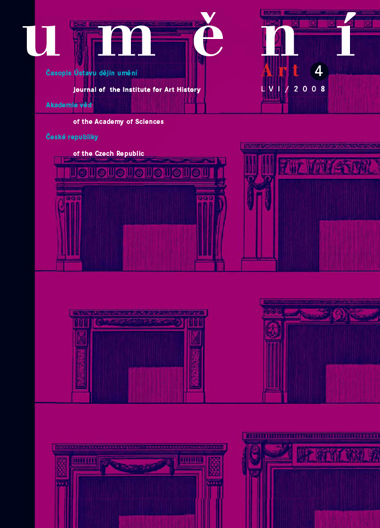Ivana Panochová
Spacio v manýristické architektuře. K pojetí prostoru v teorii architektury a přírodní filosofii 16. století
In the recent debate on the architectural concept of space in the 19th and 20th centuries voices were heard to deny the ability of earlier architects to use space as a term. These opinions refer back to the spatialist dispute between advocates and opponents of spatiality in architecture (Bruno Zevi, Sigfried Giedion, Roger Scruton, Liisa Kanerva, Rostislav Švácha). Alois Riegel and Max Dvořák directed later authors to consider the idea of spatial flow and the opposition of open and closed space. However, there is a precursor to Riegel's selection of the ancient Roman structure of the Pantheon as an example of spatiality, as it was in descriptions of the Pantheon that Renaissance and Mannerist theorists used the term space (in the Italian versions spacio, spatio). They did not reflect on space as an aesthetic category, but used the term regularly throughout the text and thus assumed that it would be generally understood by the reading public. Vitruvius, Leon Battista Alberti, Sebastiano Serlio and Andrea Palladio most often referred to space in describing the articulation of a church interior. Authors made a strict semantic distinction between the terms space (spacio) and place (locus), where space was the appropriate subject for discussion in the case of formations shaped with the aid of refined changes in proportions, and although the term was sometimes used in connection with dimensions they did not regard spacio as a unit of measurement. Karel Boromejský mainly identified space with the internal arrangement of a presbytery or a chapel. His emphasis on the location of the tabernacle in an appropriately arranged space implies an interpretation of space through the church dogma of transubstantiation. The Catholic churches of the post-Trident reform period introduced the structural independence of the side chapels and reinforced the symbolism of the vessel or receptacle with the motif of a copula.
Full-text in the Digital Library of the Czech Academy of Sciences:
https://kramerius.lib.cas.cz/uuid/uuid:d9c2aa00-76b6-68f4-effe-cefe641f826f
< back

